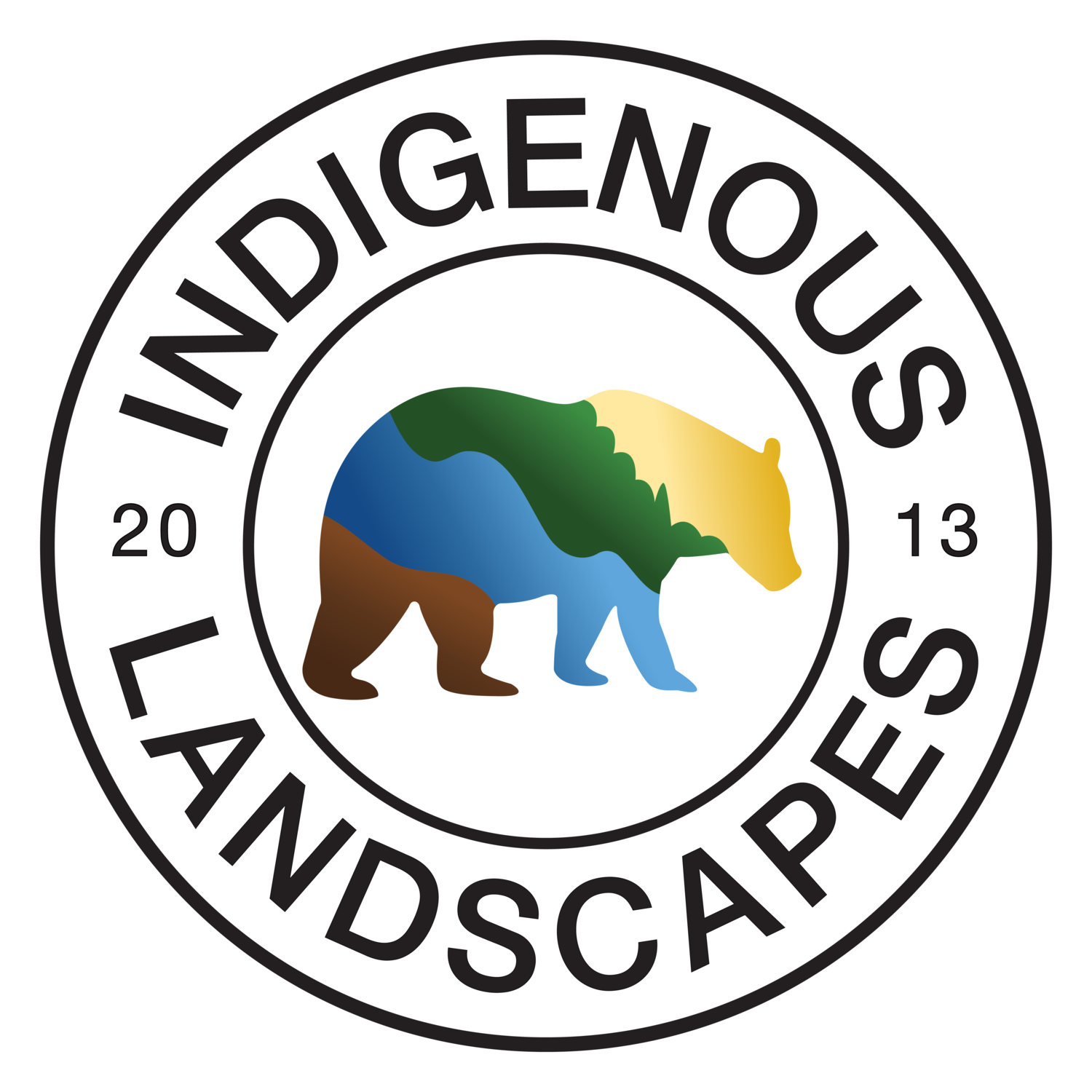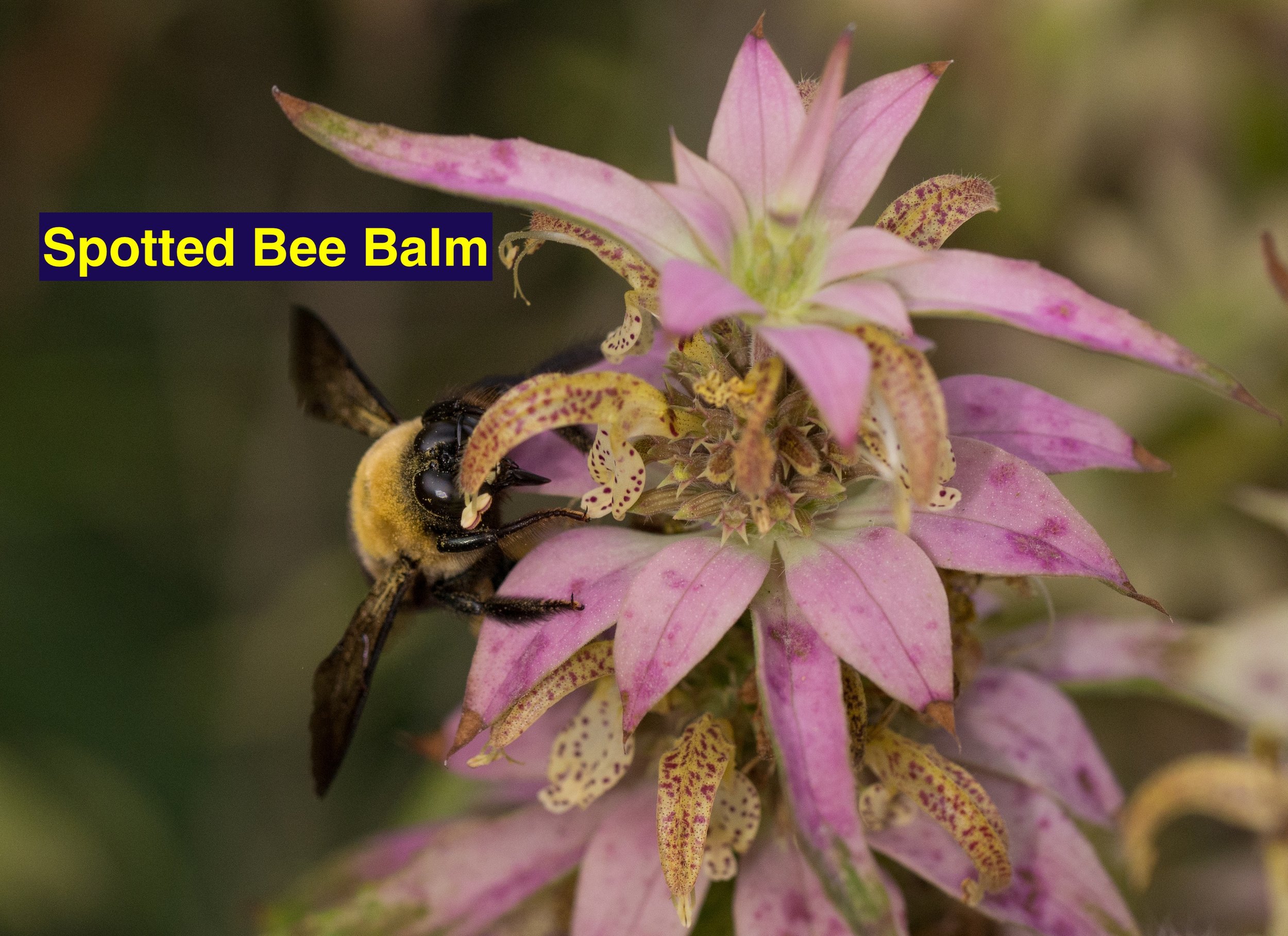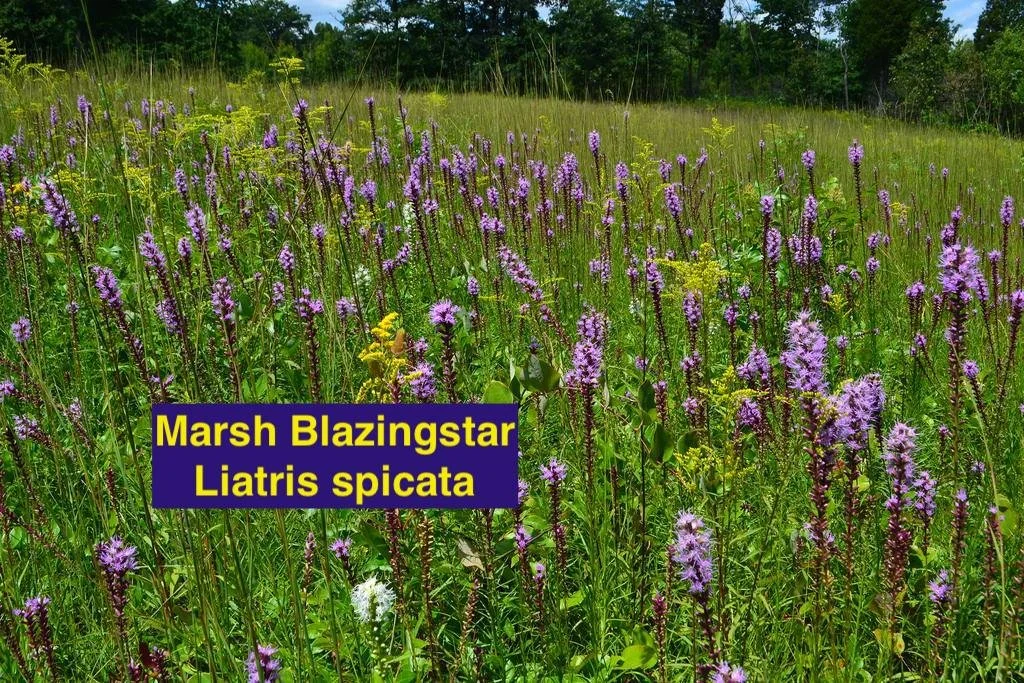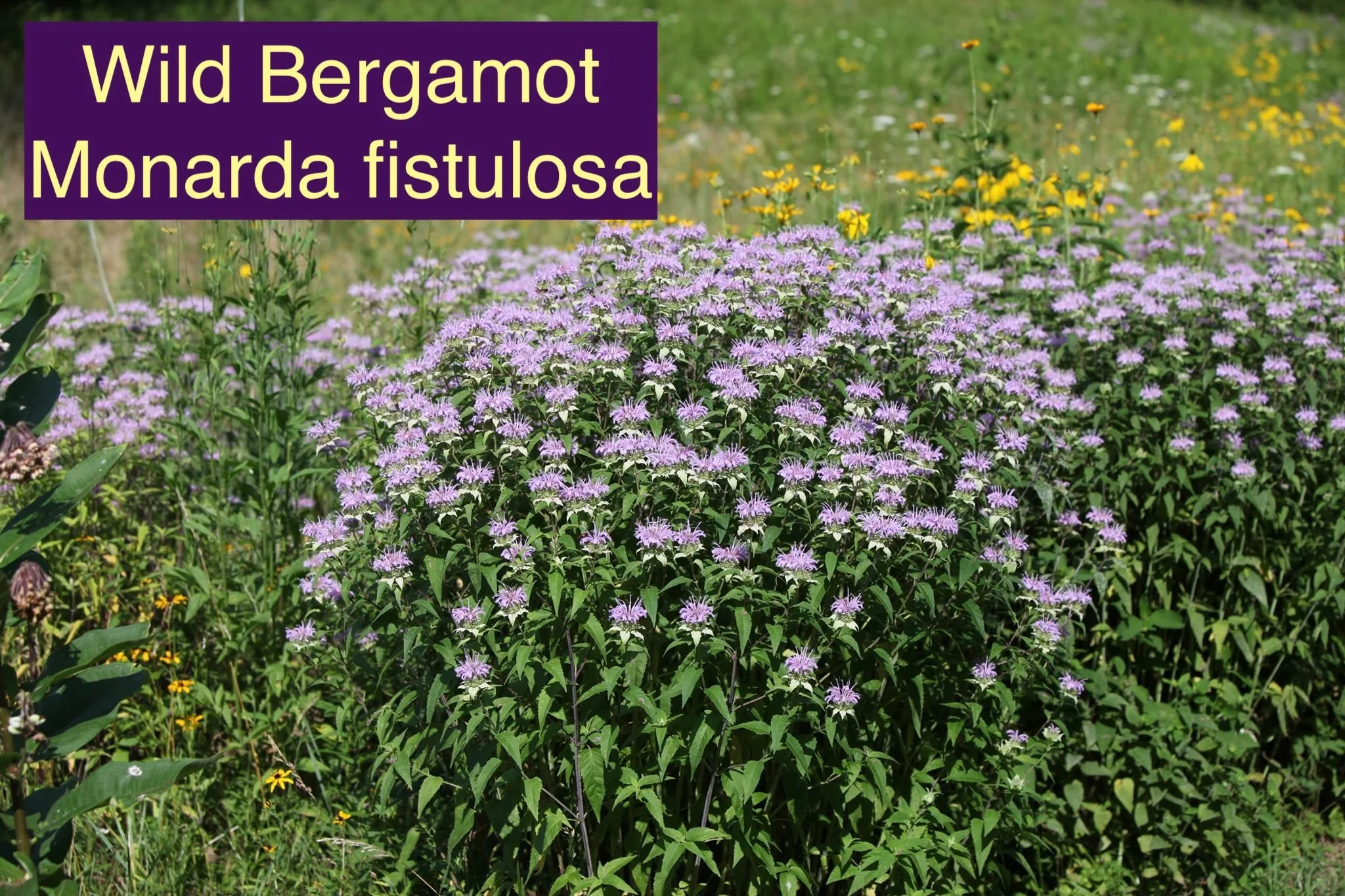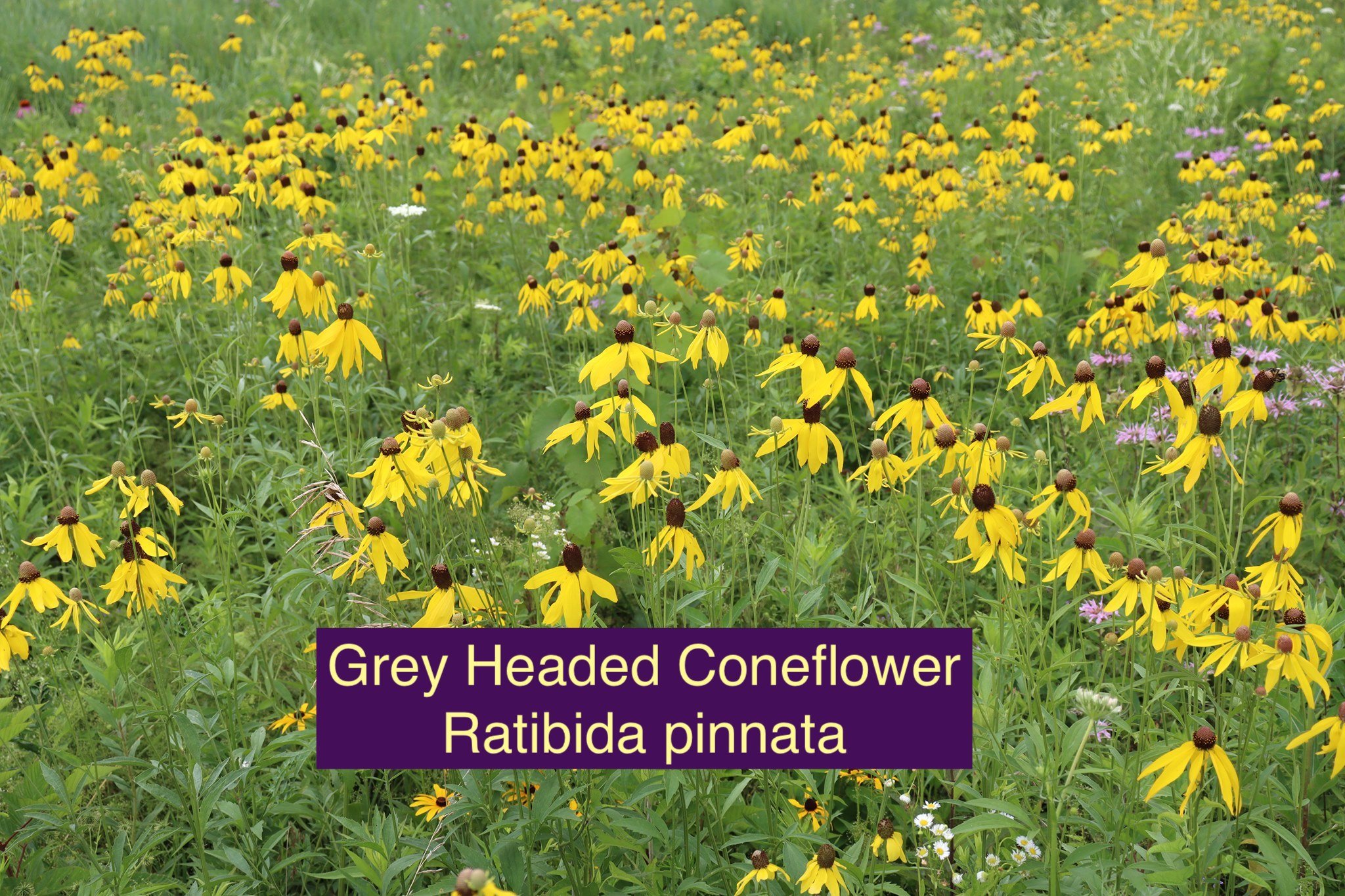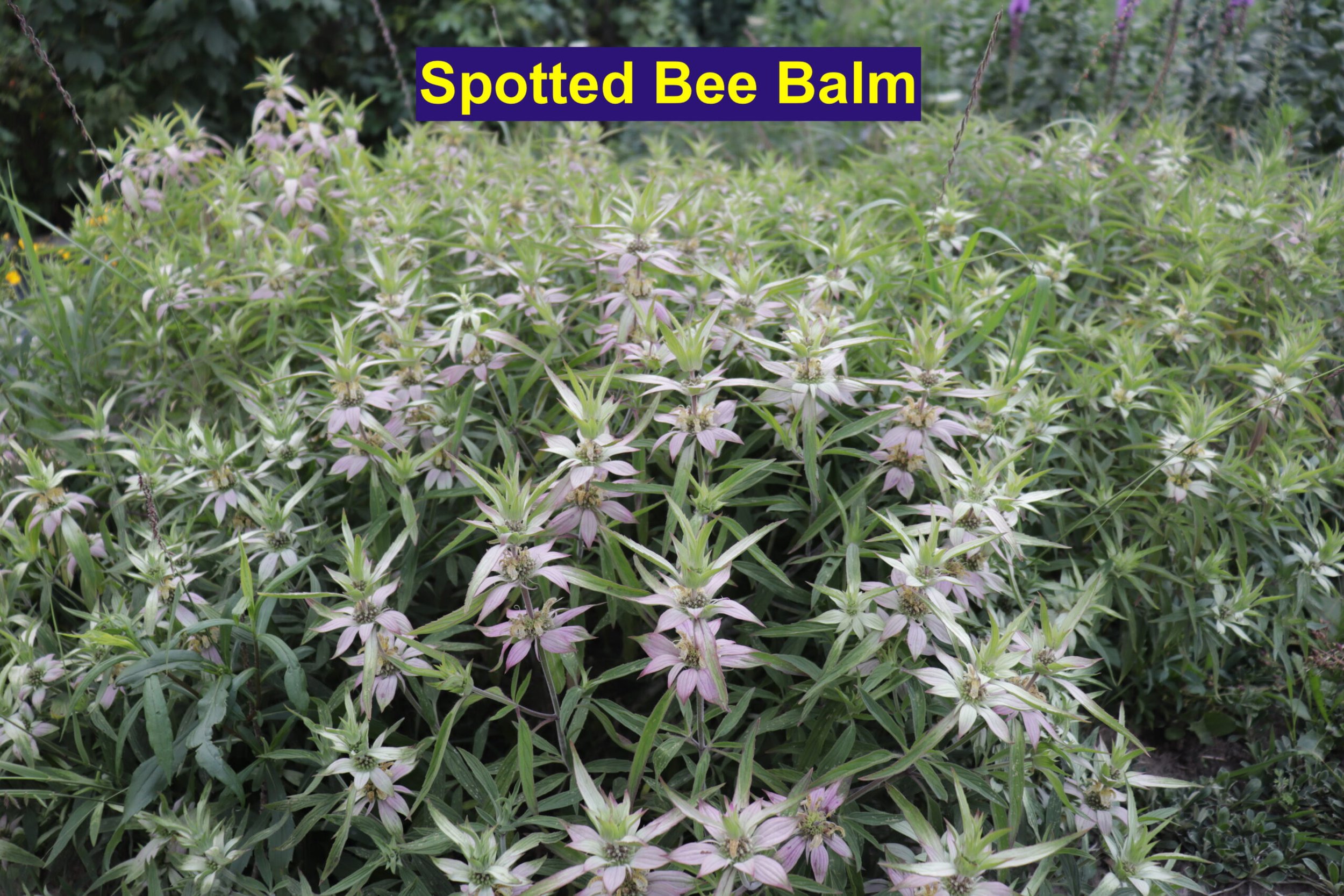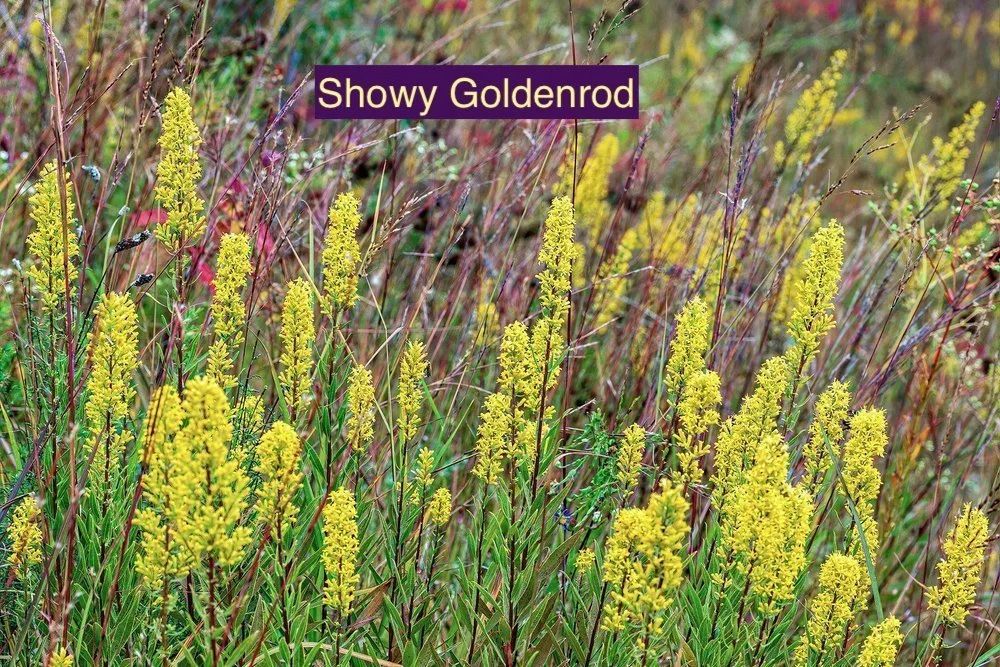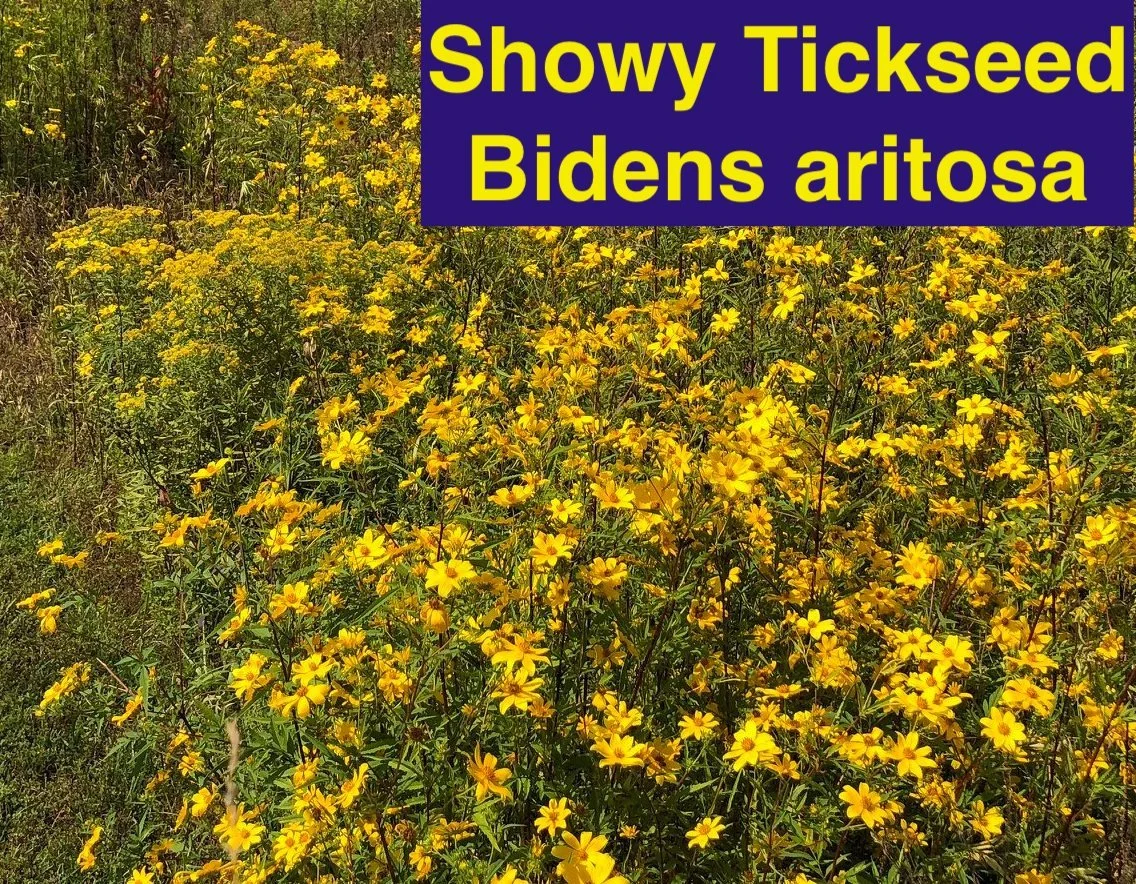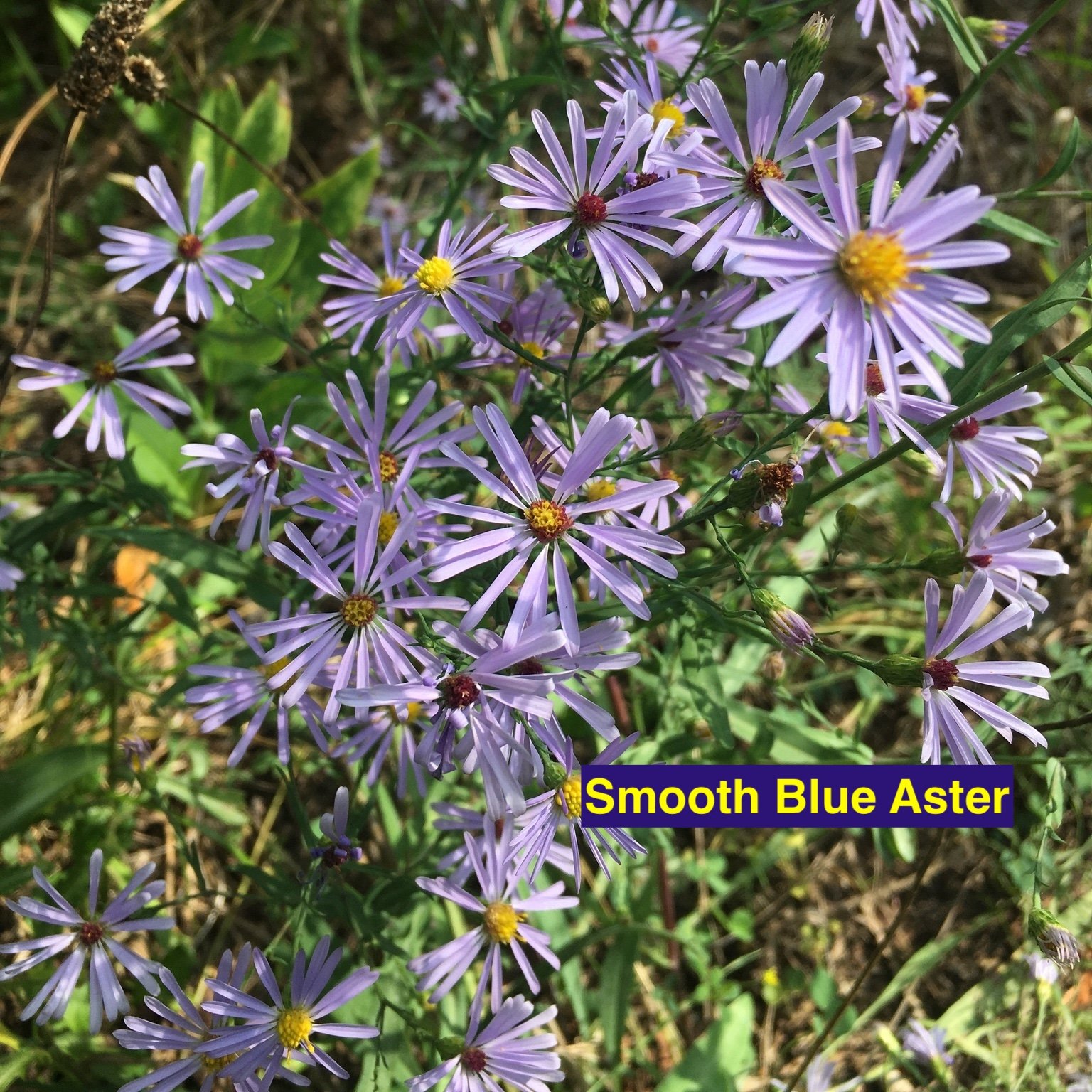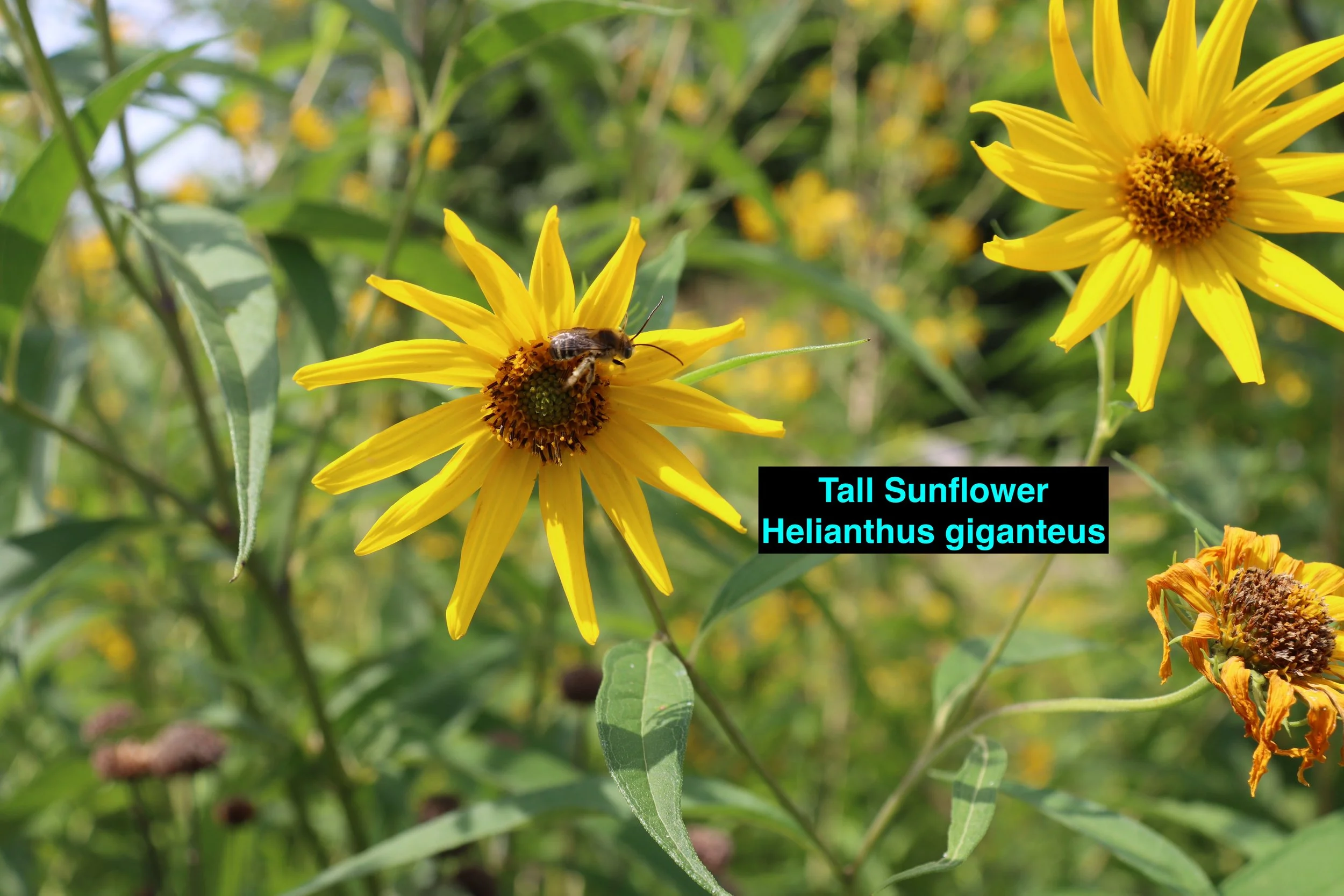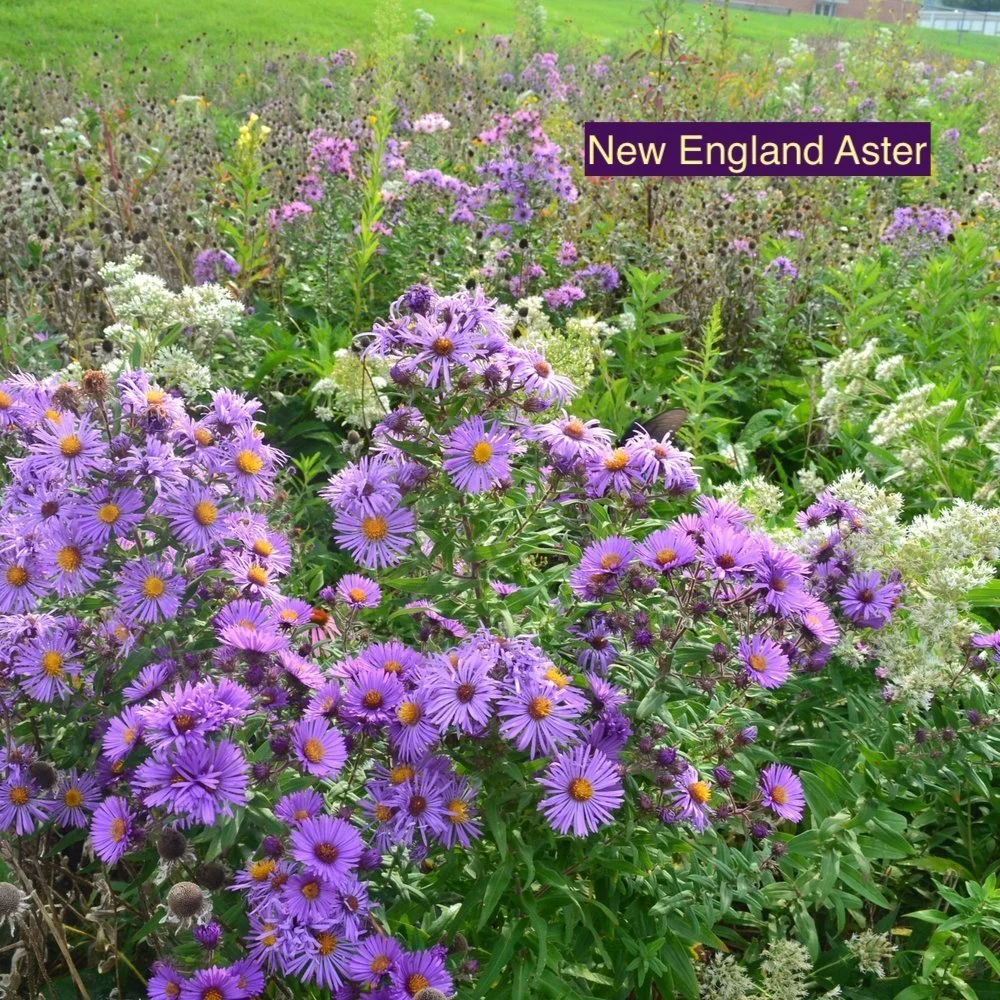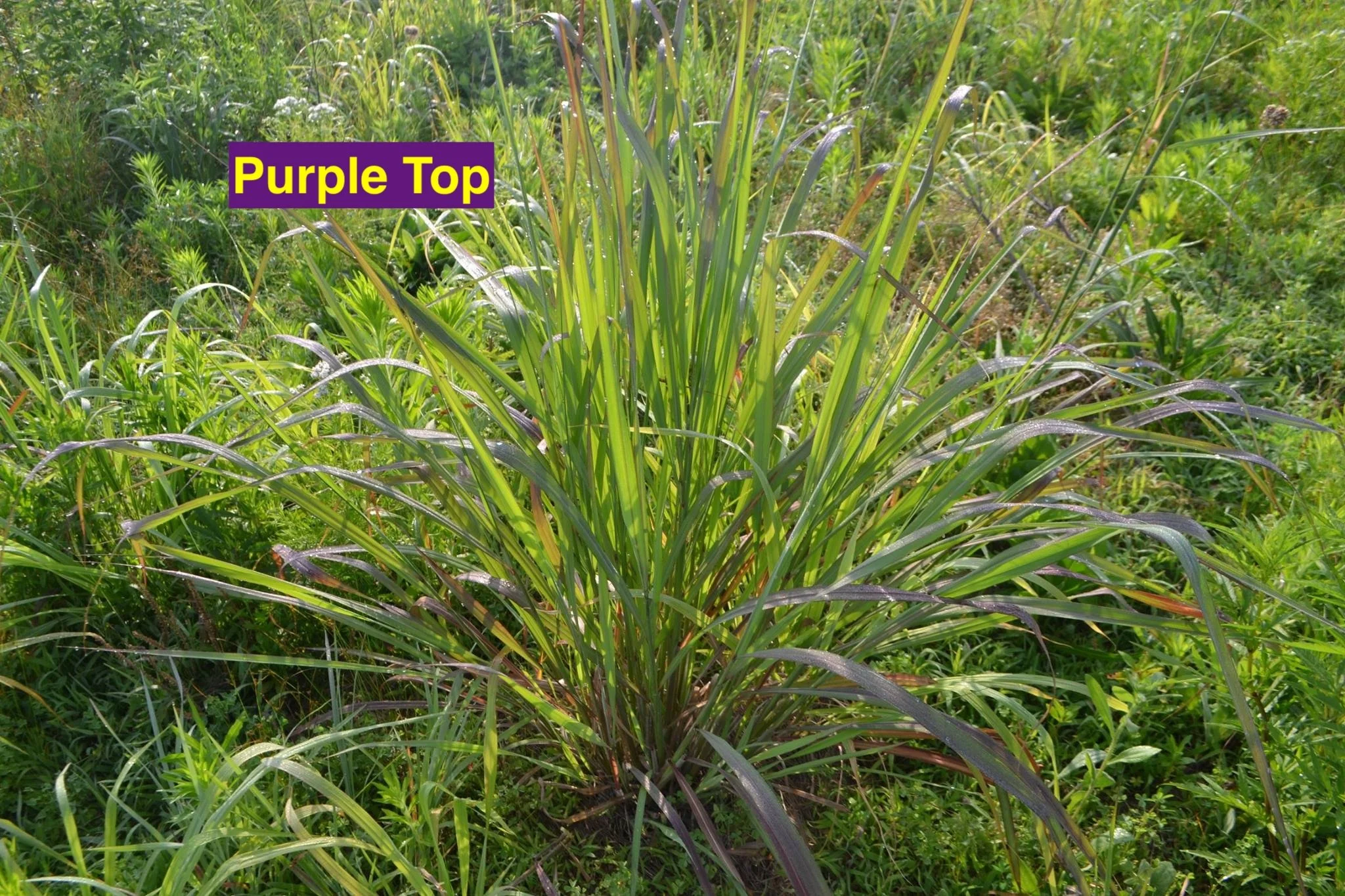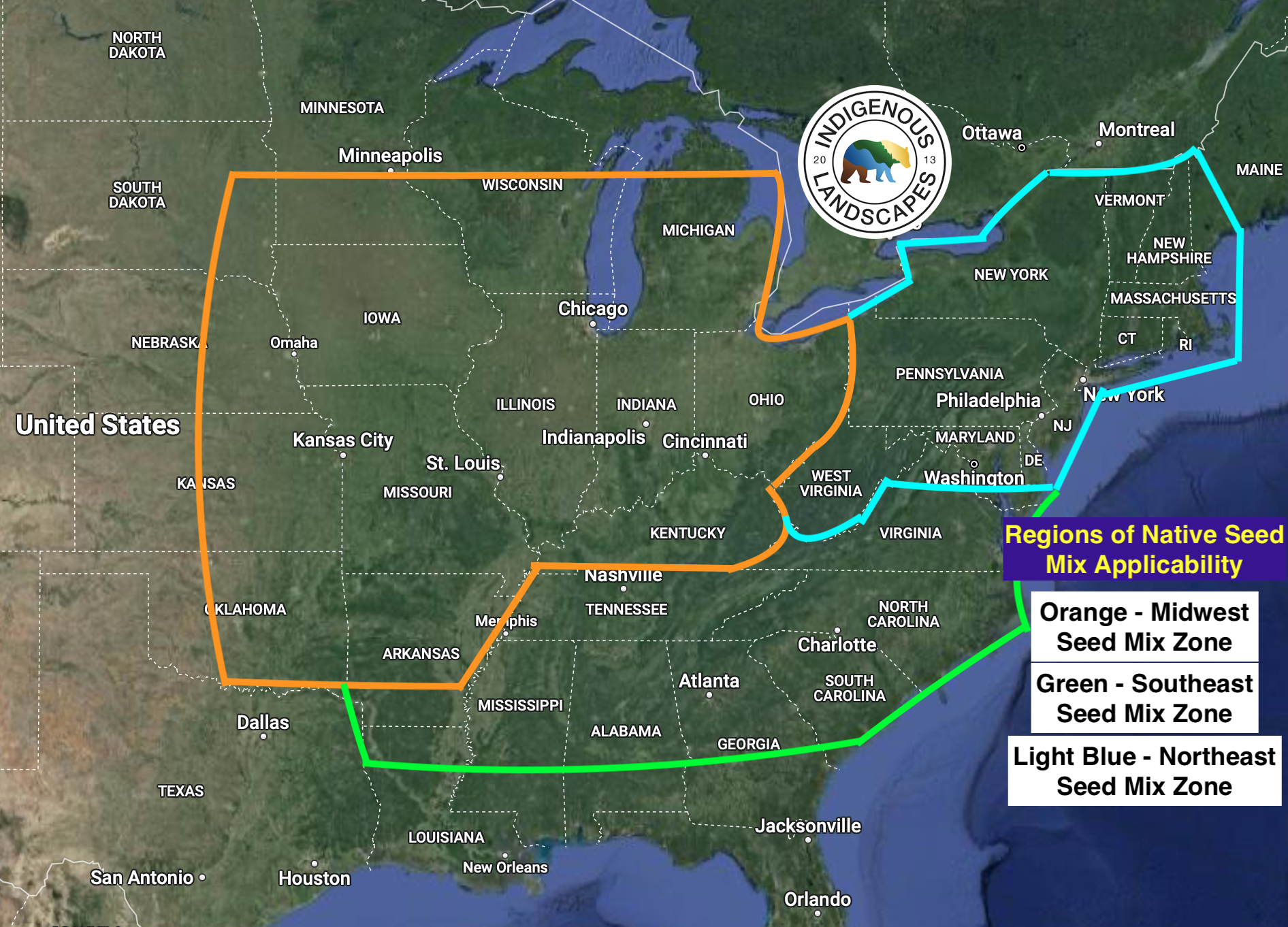American Goldfinch Feeder Native Seed Mix
American Goldfinch Feeder Native Seed Mix
This seed mix is made up native species that feed American Goldfinches from spring through fall. Wherever American Goldfinches are native to - this mix will attract flocks to feed on the native seed they prefer most. This seed mix is adapted to as little as 4 hours of direct sun to full sun - seasonally wet soil, intermediate moisture soils, and lower moisture soils - of sand, silt, clay or loamy texture. The height of the mature native meadow will range 1 foot tall to 7 feet tall with +90% of the height being under 4 feet tall. By designing this native seed mix almost purely with Goldfinch food sources, it supports a high quantity of Goldfinches throughout the year, though other native birds and native insects will benefit too from this seed mix.
Native Applicability: As far as feeding and attracting American Goldfinches this seed mix is applicable througout the native range of American Goldfinches. As far as the species being specifically native to the Northeast, Midwest, and Southeastern portions of the map these species are 80% to 100% native to those regions. If a species, such as Cup Plant, isn’t quite native to your local area, it will attract native insects and Goldfinches but still remains non-locally native.
Species: Asclepias Syriaca Common Milkweed, Asclepias tuberosa Butterflyweed, Aster novae-angliae New England Aster, Coreopsis lanceolota Lanceleaf Coreposis, Coreopsis tripteris Tall Coreopsis, Bidens aristosa Swamp Marigold, Eupatorium fistulosum Hollow-stem Joe pye, Heliopsis helianthoides Early Sunflower, Aster laevis Smooth Blue Aster, Liatris spictata Marsh Blazing Star, Monarda Fistulosa Wild Bergamot, Penstemon digitalis Foxglove Beardtongue, Monarda punctata Spotted Bee Balm, Ratibida Pinnata Grey Headed Coneflower, Rudbeckia fulgida Orange Coneflower, Solidago Ridgida Stiff Goldenrod, Solidago speciosa Showy Goldenrod, Tridens Flavus Purple Top, Vernonia gigantea Tall Ironweed, Zizia aurea Golden Alexanders, Echinecea Purpurea Purple Coneflower, Tall Sunflower Helianthus giganteus
Cost Effectiveness
Native Prairie/Meadow Seedings cost about 2 to 5 cents per square foot where as using potted native plants to cover the same area costs $2.00 to $8.00 per square depending on how densely they are installed and mulch use. For example, a 1,000 Square foot pollinator garden would require at least 750 potted native wildflowers/grasses to cover the plot. Potted Plants can cost $2 to $10 per plant, and at a cost of $5.00 per plant, 750 wildflowers/grasses would cost $3,750 + installation costs and mulching costs. If that 1,000 square feet were instead seeded with one of our mixes it would cost $125 - $150, and you could do the installation yourself simply, using our instruction manual. The cost effectiveness ratio increases even higher the larger of plot you are seeding vs. planting with plugs or potted plants. The biggest difference in our seed mixes compared to other company’s is the amount of native wildflower species and grass seed ratio. Our high diversity seed mixes have 40 to 46 species and the percentage of Wildflower seed vs. Grass/Sedge seed is 95% to 5%. Most companies use portions of 20% to 60% grass/sedge leading to grass/sedge dominated plantings that squeeze out the wildflowers overtime. Those companies also make a larger profit because grass and sedge seeds are cheaper than wildflower seeds. For this amount of species, and as heavy of native wildflower to native grass/sedge percentage; no other native seed company is currently beating our pricing.
